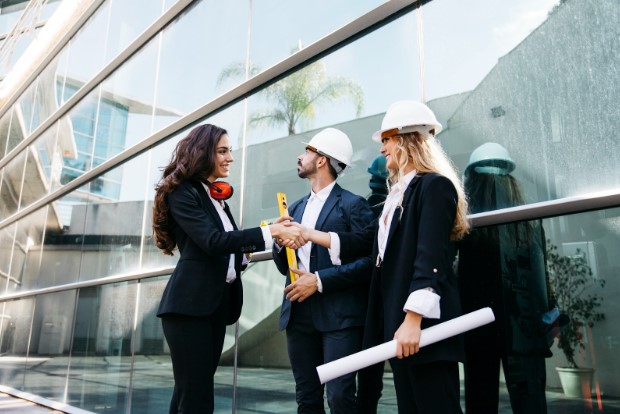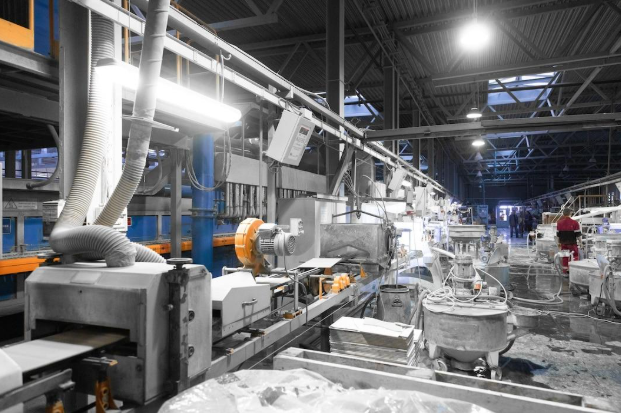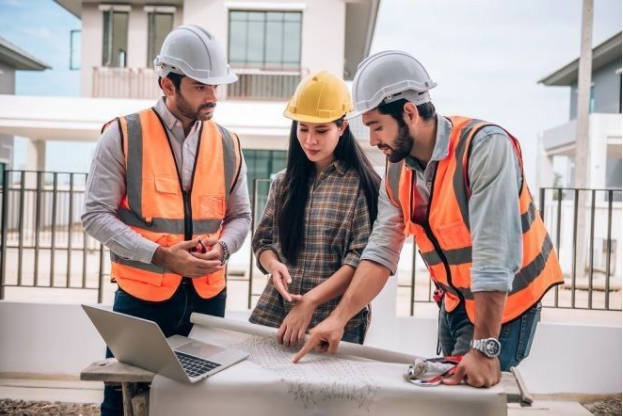Building sustainability advisors are integral in pushing change in the built environment, particularly now as we enter an era where sustainability is no longer a choice. Fortunately, the rise of new technologies is reshaping the industry, offering tools that enable consultants to create more efficient, data-driven, and future-ready solutions. As the demand for greener and smarter buildings grows, building sustainability advisors and ESD consulting teams must remain agile, integrating innovations that optimise energy use, reduce emissions, and improve the overall performance of buildings.
Discover key technologies that are revolutionising the industry of sustainable building consulting.
1. Data-Driven Design Tools
One of the most significant shifts in the industry is the growing use of advanced data analytics and digital modelling. Building sustainability advisors are increasingly leveraging Building Information Modelling (BIM) integrated with sustainability analysis tools, enabling more precise simulations of energy performance, water usage, and carbon impacts. ESD consulting teams use these digital platforms to identify inefficiencies early in the design phase, allowing them to recommend improvements that can significantly enhance a building’s sustainability credentials. Real-time data analytics also supports post-occupancy evaluations, providing insights into how actual building performance aligns with design expectations, which is critical for long-term sustainability strategies.
2. IoT and Smart Building Systems
The integration of Internet of Things (IoT) technologies has transformed how sustainable building consultants approach energy management and occupant comfort. IoT-enabled systems can monitor and control various building elements—lighting, HVAC, water usage—in real-time, allowing consultants to recommend tailored solutions that maximise efficiency while maintaining user comfort. For example, smart meters and sensors provide granular data on energy consumption patterns, enabling precise recommendations that go beyond generic energy-saving measures. Sustainable building advisors are also working with facility managers to implement predictive maintenance strategies powered by IoT data, reducing operational downtime and extending the lifespan of critical systems.
3. Artificial Intelligence and Machine Learning
Artificial intelligence (AI) is becoming a valuable asset in sustainable building consultancy. AI-driven platforms can process vast amounts of data from multiple sources, identifying patterns and generating insights that might not be apparent through manual analysis. For instance, AI can help predict energy demand fluctuations based on weather patterns, occupancy levels, and building usage trends, supporting more responsive energy management strategies. Building sustainability consultants are adopting AI tools to optimise HVAC settings, reduce peak loads, and identify opportunities for energy recovery, all of which contribute to achieving carbon reduction targets.
4. Advanced Materials and Green Innovations
The materials used in construction have a profound impact on sustainability outcomes, and sustainable building advisors are increasingly involved in specifying products that minimise environmental harm. The development of high-performance insulation, low-carbon concrete, and bio-based materials has expanded the options available to ESD consulting teams. These materials not only reduce embodied carbon but can also improve indoor air quality and thermal performance. Consultants are also exploring innovations like phase-change materials for thermal regulation, photovoltaic glazing for integrated energy generation, and modular construction methods that reduce waste and shorten construction timelines.
5. Digital Twin Technology
Digital twin technology is revolutionising how building sustainability advisors track and optimise building performance over time. Consultants can test scenarios, forecast energy consumption, and fine-tune systems to improve efficiency without impacting occupants by creating a digital replica of a building that mirrors real-time conditions. Digital twins enable continuous performance monitoring and facilitate data-driven decision-making across the building’s lifecycle. This proactive approach allows consultants to identify potential issues before they escalate, supporting clients in achieving long-term sustainability goals.
Conclusion
Emerging technologies are changing the nature of ESD consulting and the work of building sustainability experts. From data-driven design and IoT integration to AI insights and sophisticated materials, these tools let consultants create solutions that balance environmental responsibility and operational efficiency. As sustainability targets grow more ambitious, sustainable building consultants must continue to adapt and integrate these technologies to meet the evolving needs of the industry. Those that remain ahead of the curve will be well-positioned to help customers navigate the challenging process of designing resilient and sustainable buildings.
Contact Afogreen Build to ensure your project meets compliance standards and exceeds expectations in sustainability, energy efficiency, and long-term performance.





